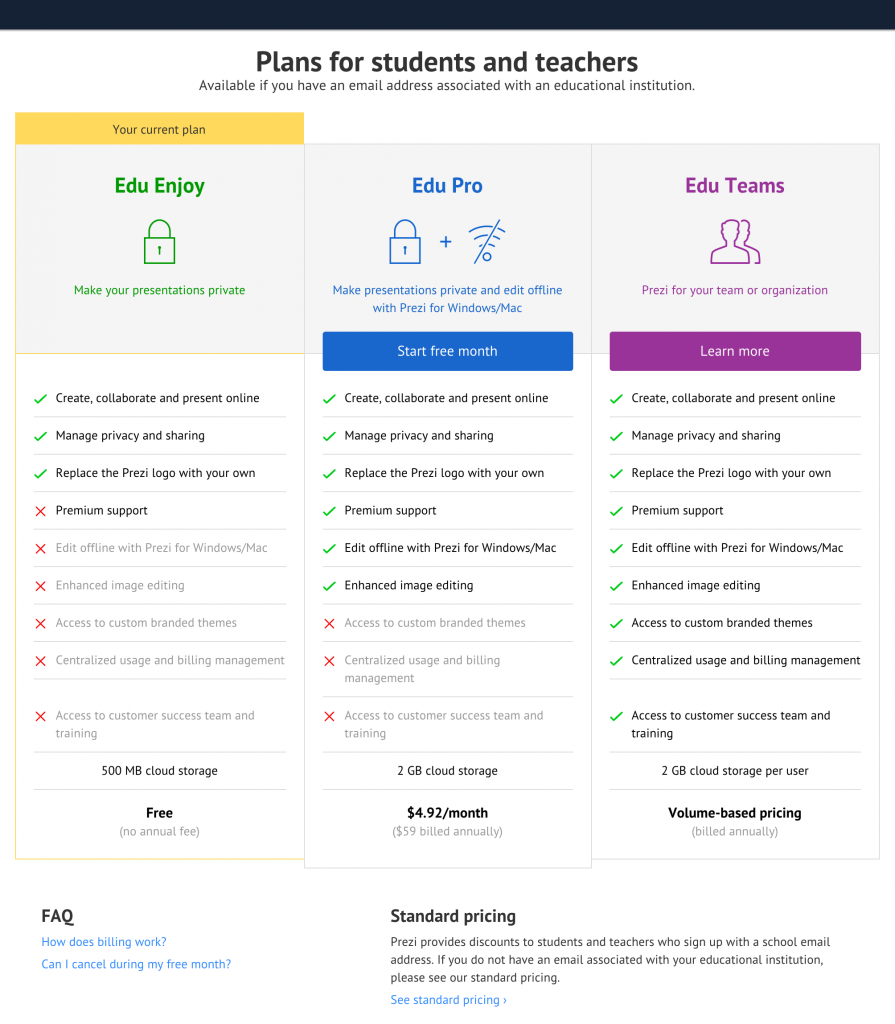This article was written by Sahal Yacoob and Karen Jacqueline Cloete
The South African Young Academy of Science (SAYAS) has decided it is time to speak out about the country’s higher education crisis. The academy constitutes 50 young academics and 20 alumni from multiple disciplines – including health sciences, natural and social sciences, engineering and the humanities. They are selected on academic merit from institutions of higher education and research.
This is a summary of a statement formulated at the organisation’s 2016 general assembly in October. In it, the academy warns of “catastrophic” consequences if university protests continue and no long-term solutions to the sector’s complex, multi-tiered problems are implemented.
We are acutely aware of the challenges that students face. We teach and supervise undergraduate and postgraduate students. These are South Africa’s future young academics.
We financed the completion of our own higher education. A number of us are now burdened with high levels of debt that – as young academics employed in varied temporary, permanent, funded and self-funded positions –- we struggle to repay.
As a group of young academics committed to the South African academic project, we can no longer avoid engaging with these crucial issues at this complicated moment. If this situation remains unresolved, the implications will be catastrophic. This is true for undergraduate and postgraduate students, including both South African and international students. Those who are on time-limited bursaries and fellowships are also at risk.
As an example, if any academic year is compromised, the country could experience a shortage of medical doctors and allied health professionals. Internship placements in those fields will be vacant without graduates. This will place further stress on an overburdened public health system upon which most South Africans rely.
There has so far been a lack of constructive leadership at the national level and lack of effective engagement between staff and student leaders. This has triggered escalating tensions. It has also led to the development of unproductive, often confrontational and personalised debates. These run counter to the principles of scholarly engagement. They hinder the possibility of finding collective solutions to this crisis.
We call for urgent and peaceful resolutions across our campuses that will result in the removal of police and private security. We want to avoid confrontations between police and private security with students and staff. We acknowledge the presence of diverse experiences of structural and direct violence, and the threat these forms of violence pose across our campuses.
We also acknowledge that the presence of police and security is experienced differently. It creates contexts in which teaching, learning, research and innovation cannot take place.
Universities need to recognise the anxiety and psychological trauma experienced by many staff and students during this period. Institutions must commit to addressing this trauma and anxiety. Doing so will help facilitate the resumption of high-quality teaching and learning when institutions reopen.
Recommendations
It’s crucial to develop spaces for respectful engagement that acknowledges and supports continued debate and differences of opinion. We offer our members as a resource to support constructive national dialogue on this crisis.
Fee-free higher education could be financed in different ways, guided through the development of evidence-informed financing models. But it is not academics alone who ought to be involved in this process.
We call on the President of South Africa to:
- urgently address the root cause and not just the symptoms of the crisis being experienced across institutes of higher education;
- commit to increased funding streams for the sector, which will improve equity in access to quality higher education;
- immediately convene a national dialogue. It needs to include student, parent and academic representatives. University administrators, the private sector and industry must also be included. This will be a safe space to discuss approaches and develop a consensus statement committing to realising the goal of fee-free quality higher education for poor and “missing middle” students. The missing middle are those whose parents earn too much money to qualify for government loans but not enough to afford tuition;
- urgently reformulate the emergency task team he established around this crisis to include the National Treasury. This is necessary to move away from reducing the crisis to one associated only with security concerns. The National Treasury is a key player in realising funding goals.
It’s also important that the President work with the fees commission he established to complete its inquiry into different financing models. The commission needs to release an approved model for implementing fee-free quality higher education for poor and “missing middle” students.
We offer the President our academy’s expertise to support the development of sustainable solutions.
Dire consequences
South Africa will struggle to maintain and grow its internationally respected research-intensive environment if academic programmes are suspended and university campuses closed.
The country’s academy and science innovation needs room to transform and grow. We are very concerned that this crisis will negate the gains made to date – and will have dire consequences moving forward.
![]()
Sahal Yacoob, Experimental Particle Physics, University of Cape Town and Karen Jacqueline Cloete, Postdoctoral researcher in the biological applications of ion beam analysis techniques, iThemba LABS
This article was originally published on The Conversation. Read the original article.





 C
C







